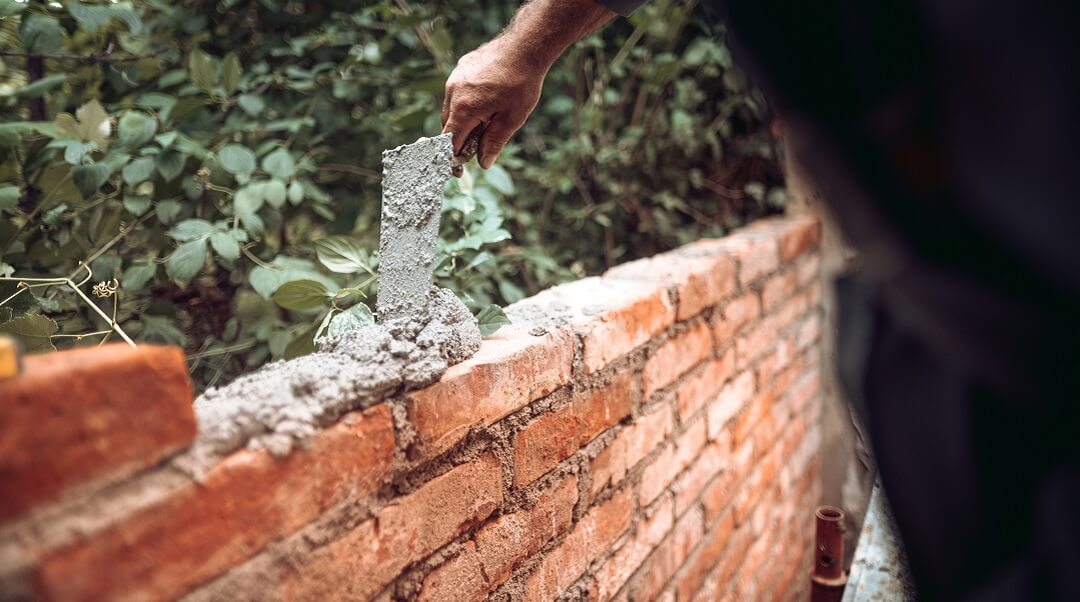Jumbo mortgages are a great solution when you are purchasing a high-value home where the necessary financing exceeds the loan limits of conforming mortgages. In contrast to conforming mortgages that are often purchased by government agencies like Freddie Mac and Fannie Mae, jumbo loans are typically maintained directly by the lender and create a greater risk. So, what does this mean when it comes to refinancing jumbo mortgages? While jumbo mortgages can be refinanced, the refinancing process for these larger loans is often more challenging than conforming mortgages.
Why refinance a jumbo mortgage loan?
As with any mortgage, there are many different reasons you may consider refinancing your jumbo mortgage. With the rapidly rising home prices increasing home equity, you may be looking for refinancing in order to pull cash out for things like remodeling. If your jumbo mortgage has an adjustable rate, you may be looking for refinancing and, of course, refinancing to improve your interest rate or lower monthly mortgage payments is also a consideration.
How soon can you refinance a jumbo loan?
When it comes to jumbo mortgage refinance, there is no specific rule for how long you have to wait before you can apply for refinancing. However, you must keep in mind that jumbo mortgages are a higher risk for the lender, and this is true for jumbo mortgage refinancing as well. Lenders tend to scrutinize jumbo mortgage refinancing a bit more than other refinancing options and it may take time to find a lender willing to take the risk.
Qualifications
When applying to refinance your jumbo mortgage, there are some standard qualifications you must consider. However, keep in mind that these qualifications can vary by lender.
1. Credit score
The credit score required for a jumbo loan refinance can vary based on the loan terms you are applying for and the requirements of your specific lender. For 30-year fixed mortgages, the minimum credit score is typically 680 or higher while a 15-year fixed mortgage may require a score as high as 700. If you are refinancing an investment property, some lenders may require a score as high as 760 to qualify for refinancing.
2. Debt-to-Income-Ratio (DTI)
Your debt-to-income ratio (DTI) shows potential lenders how much of your income is allocated to recurring bills on a monthly basis. While the standard DTI for conventional loans is 50%, lenders see a jumbo mortgage as an increased risk and will often require a DTI as low as 36%.
3. Cash reserves
With jumbo mortgages, lenders are taking a risk and they want to know that, should you lose your regular income, you have a cash reserve that would still allow you to make your mortgage payments. These cash reserve requirements can vary by lender but, depending on the value of the mortgage, lenders can require a cash reserve greater than or equal to at least 6-12 months’ worth of mortgage payments.
Requirements
In addition to the qualifications mentioned above, lenders will have additional requirements in order to show proof of your income and assets. When applying for a jumbo mortgage refinance, you can expect your lender to require:
- At least 2 years of annual tax returns, including your W-2 forms
- Your most recent pay stubs or proof of regular income
- At least 2 months’ worth of bank statements
- Documentation of any additional income sources
If you are self-employed, you will also need to provide a profit/loss statement and a balance sheet.
Jumbo loan refinancing considerations
While meeting the qualifications and providing the necessary proof of income are the major steps to jumbo mortgage refinancing, there are some other things to consider before you begin the application process, as these things could affect your application.
1. Refinancing after bankruptcy or foreclosure
Refinancing a jumbo mortgage after a bankruptcy or foreclosure is possible, but it may take more time than you expect. In most cases, you will need to wait until this negative item on your credit report expires and this can take up to seven years.
2. Closing costs
Because jumbo mortgages have higher principal balances, you can expect to pay 3%-6% of your total loan value in closing costs when refinancing. For example, in the case of a $1 million loan, you can expect to pay between $30,000 to $60,000 cash upfront when you sign. You can choose to roll this amount into your loan. However, this will increase your principal balance and often raise your interest rate.
3. Longer processing time
Unlike standard refinancing, jumbo refinancing undergoes manual underwriting where lenders take a much closer look at everything. This manual process can take time and, should they find any potential red flags, your application process can be substantially delayed.
When is the best time to refinance?
Because there is no specific time restraint on when you can apply for jumbo loan refinancing, you can apply at any time. However, there are some things to consider. If you have negative marks on your credit report, you may need to take some time to fix these issues or wait for them to fall off your report. If cash reserves are low, you may need to hold off on refinancing until you are able to build them back up before you start the application process.
You don’t have to navigate the home loan process alone
Navigating any home loan refinancing can be confusing and frustrating, but when you are looking at a jumbo mortgage, the stress can often be overwhelming. At Hero Home Programs, our goal is to help everyone become a homeowner and this includes navigating the refinancing process. Our team of experts can help you find reputable lenders that are willing to take the risk on a jumbo mortgage and help walk you through the process. To learn more about how we can help, schedule a call with us today.
The blog post Can you Refinance a Jumbo Loan? Read more on: https://www.herohomeprograms.com/
Original post here: Can you Refinance a Jumbo Loan?


